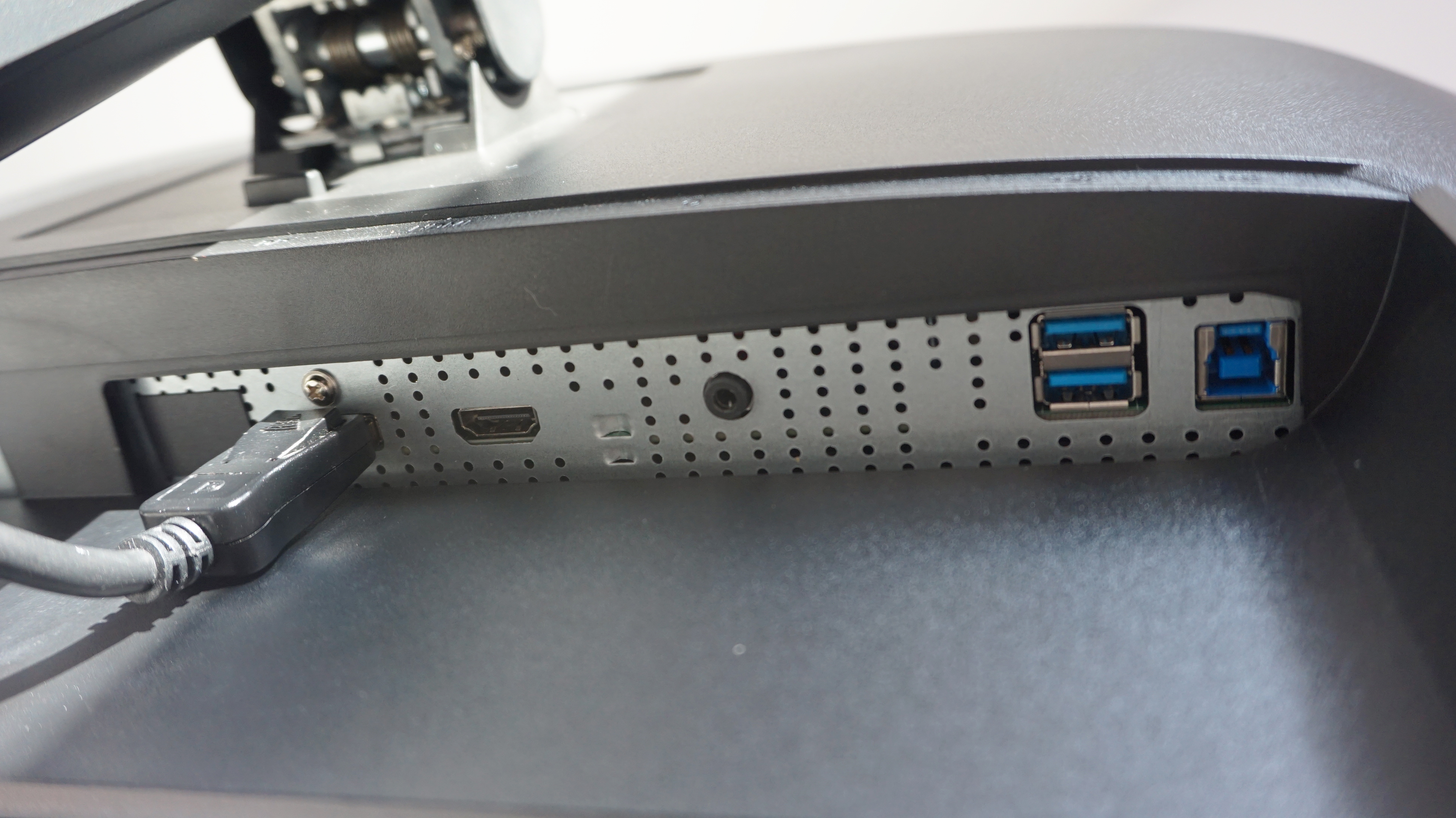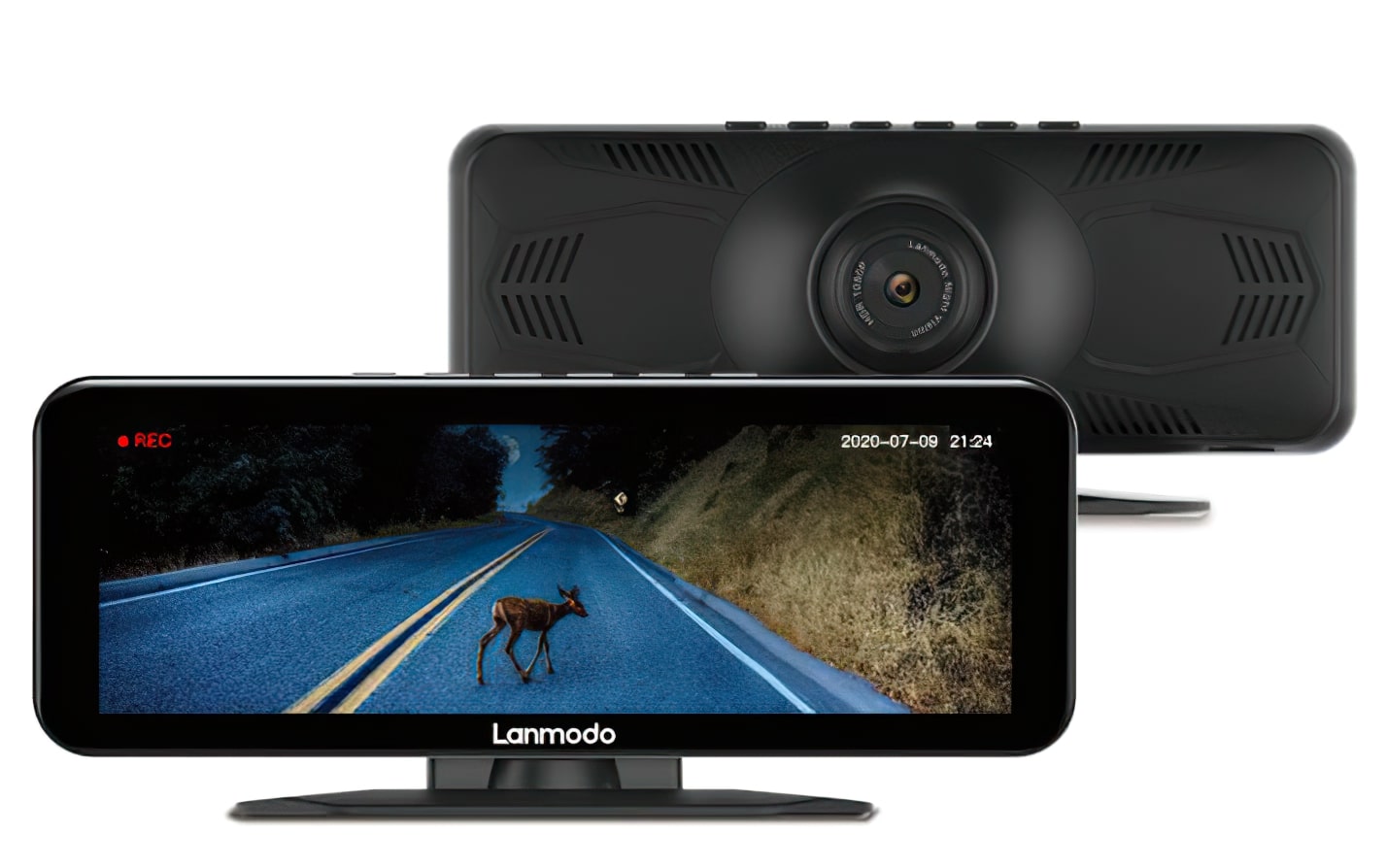
Ever since Nvidia launched their G-Sync Compatible driver in order that low-cost AMD FreeSync screens might play good with Nvidia graphics playing cards, full-fat G-Sync screens have needed to work a heck of rather a lot tougher to earn their hold. After all, why pay nearly double the cash to get clean, tear-free gaming on a correct G-Sync monitor when you may get just about the identical expertise on one thing like our best gaming monitor champ the AOC C24G1 for lower than 200 quid? Alas, Acer’s Predator XN253Q fails to offer a compelling reply to this specific query. It’s not a foul gaming monitor, per se, nevertheless it’s not an awesome one both. Here’s wot I believe.
Much of that comes right down to the underwhelming color accuracy of its 25in 1920×1080 TN panel. On its default settings, for instance, my X-Rite Display i1 Pro color calibrator confirmed it was displaying an affordable however decidedly common 91.1% of the usual sRGB color gamut. That’s not unhealthy for a TN panel, that are usually higher recognized for his or her quick response occasions than their superb color accuracy, nevertheless it’s nonetheless a good means behind its 24-25in competitors – together with AOC’s C24G1 which has 98.8% sRGB color protection straight off the bat.
The XN253Q had a fairly first rate distinction ratio of 1051:1 out of the field, though this, too, is fairly common for a TN panel versus something extraordinary. Admittedly, I used to be a bit disenchanted by the XN253Q’s excessive black degree of 0.38cd/m2 (the nearer to 0.00cd/m2, the higher), however that’s partly as a result of it additionally has a excessive peak brightness of 400cd/m2 (or 399.25cd/m2, if you wish to be extremely exact).
The latter might be helpful in case your gaming PC occurs to reside in a very brilliant room, otherwise you sit by a window that catches a number of solar, however looking at this type of brightness for too lengthy offers you a little bit of a headache. During my testing, for instance, I typically needed to flip the brightness degree proper right down to across the 30% mark within the monitor’s onboard menu settings to ensure that it to be comfy over lengthy gaming intervals, however fortunately there’s additionally a built-in blue gentle filter as properly if you wish to assist defend your self from eye pressure even additional.
Naturally, holding the monitor at a decrease total brightness degree may also imply deeper, inkier blacks in consequence, so I’m not likely too bothered by the outcomes I described earlier. Indeed, for probably the most half, the XN253Q seemed completely nice in on a regular basis use. Colours had a good sense of depth and richness to them, and in-game shadows provided up a very good quantity of element within the areas the place they transitioned from darkish to gentle.
Usually, although, I’m in a position to get a bit extra out of a monitor after I come to calibrate it, whether or not that’s bettering its color accuracy or addressing its black ranges. The XN253Q, nevertheless, simply wouldn’t play ball. Even as soon as I’d completed adjusting the color temperature settings in its onboard menu system, its sRGB protection refused to go any larger than 91%. Its brightness, black ranges and distinction ratio remained equally static as properly, which left me feeling fairly underwhelmed in consequence.

The Acer Predator XN253Q solely has single DisplayPort and HDMI inputs, however you do get a 4 USB3 ports (two proven above, and two on the aspect).
That’s not nice for a £383 / $400 monitor, and I discovered it significantly annoying that it didn’t bear in mind any of my settings alterations except I particularly saved them to considered one of its three gaming profiles, too. The menu itself was pretty simple to navigate because of its rear-facing management stick, however the variety of occasions it forgot all my arduous work meant it was nonetheless fairly a irritating expertise total.
Indeed, for these after a full G-Sync monitor expertise, I can’t actually see any motive why you’d select the XN253Q over Acer’s infinitely superior Predator XB241H, which continues to be my prime suggestion for these after a 24in G-Sync show. Sure, it’s getting on a bit now, and its purple and black gamer faculty design isn’t fairly as delicate because the XN253Q’s black and gray spotlight combo, however when it has a extra correct panel and prices an infinitely extra agreeable £300 / $339 at time of writing, the XB241H is fingers down the higher worth monitor.
The solely factor the XN253Q actually provides to proceedings is a four-port USB3 hub. Otherwise, you’re getting all the identical trimmings because the XB241H, together with the identical 144Hz refresh charge (which the XB241H really enables you to overclock to 180Hz should you actually fancy it), the identical low enter lag over DisplayPort and Ultra Low Motion Blur expertise that comes as a part of its full-fat G-Sync assist, the identical Nvidia 3D Vision gubbins, and the identical variety of inputs.
Then, after all, there’s the AOC C24G1 to contemplate as properly. This 144Hz FreeSync display screen might not be considered one of Nvidia’s chosen and formally sanctioned G-Sync Compatible screens (but, anyway), nevertheless it labored completely properly with my Nvidia GPU after I had it in for testing the opposite month, and it’s a heck of rather a lot cheaper than its Acer competitors as properly. Plus, its VA panel is probably the most correct of the lot, too, which at simply £173 / $145 makes it really feel like an excellent higher purchase within the course of.
As a consequence, I believe the C24G1 will doubtless serve you simply as properly in the long term should you’re after a small display screen with a excessive refresh charge. But even should you’ve received the money to spare and are decided to go full G-Sync, I’d urge you to stay with Acer’s XB241H relatively than go together with the XN253Q. There’s nothing significantly horrible concerning the XN253Q, however except you’re completely determined for that USB hub or detest the design of its older sibling, the XB241H continues to be the 144Hz G-Sync monitor to beat proper now.




